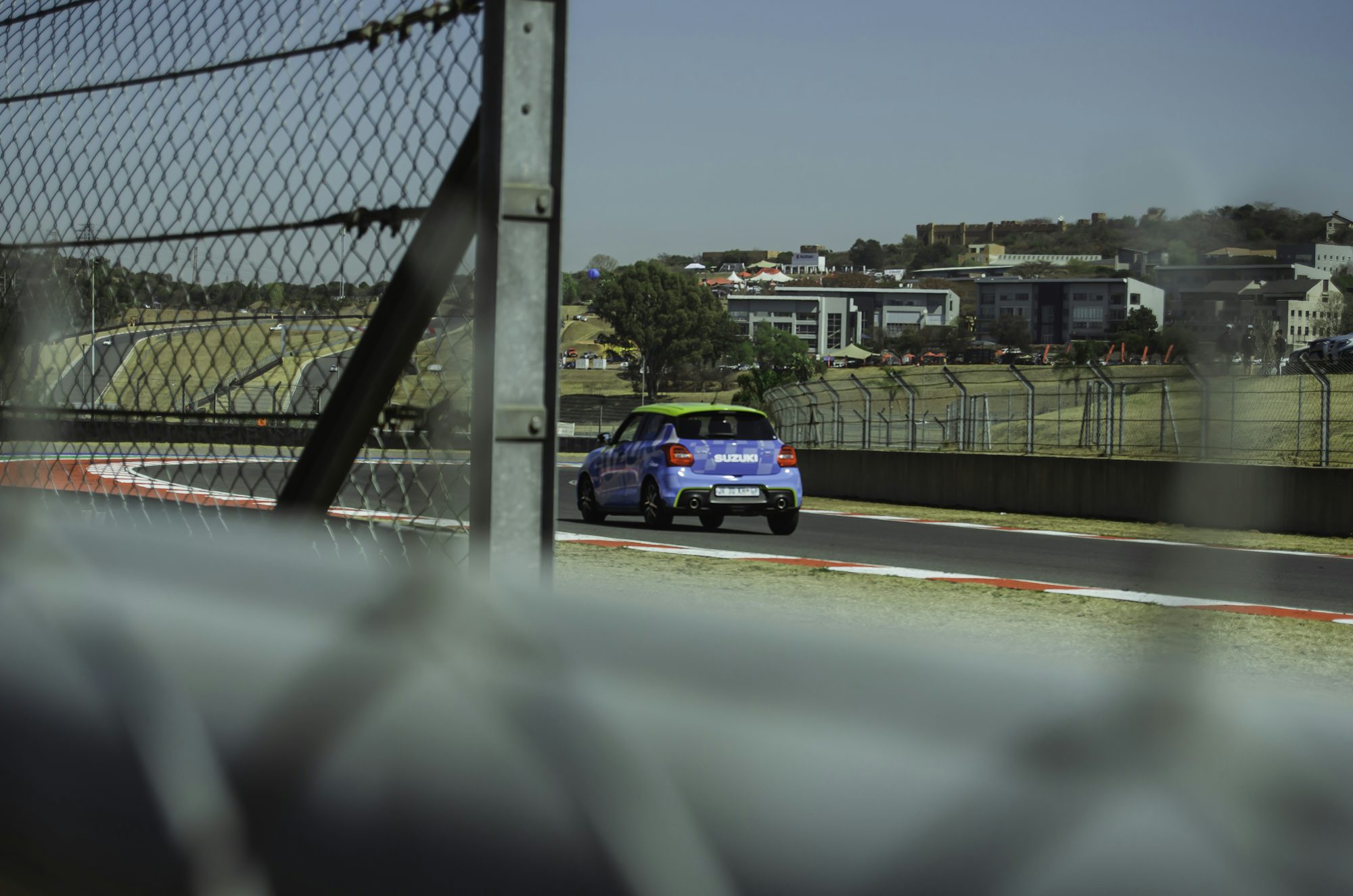
At the core of every supercar is its performance. These vehicles are engineered to deliver an exhilarating driving experience, combining high horsepower with precise handling. The heart of a supercar typically lies in its powerful engine, often featuring turbocharging or hybrid technology to maximize output. For instance, the Bugatti Chiron, with its quad-turbocharged W16 engine, produces a staggering 1,479 horsepower, allowing it to accelerate from 0 to 60 mph in just 2.4 seconds. Such performance metrics not only satisfy the adrenaline junkies but also showcase the engineering excellence behind these machines.
However, performance is not solely about raw power; it also encompasses how a vehicle handles on the road. Many supercars feature advanced suspension systems and aerodynamics that enhance stability and cornering capabilities. Take the McLaren 720S, for example. With its lightweight carbon fiber structure and active aerodynamics, the 720S offers an unparalleled driving experience, allowing drivers to navigate twists and turns with precision. This harmonious blend of power and control is what makes driving a supercar so rewarding.
Beyond performance, the design of supercars plays a significant role in their allure. A supercar’s aesthetic appeal often starts with its silhouette. The sleek lines, aggressive stances, and distinctive features create a visual impact that sets these vehicles apart. Manufacturers invest significant resources into design, employing some of the best talents in the industry to craft vehicles that are not only functional but also works of art. The Lamborghini Aventador, with its sharp angles and bold design, exemplifies this philosophy. Its presence on the road is unmistakable, turning heads and eliciting admiration from onlookers.
Additionally, the interior design of supercars is equally important, as it reflects a blend of luxury and technology. High-quality materials such as leather, carbon fiber, and aluminum create an opulent cabin environment. Modern supercars often incorporate advanced infotainment systems, customizable ambient lighting, and driver-focused layouts that enhance the overall driving experience. The Aston Martin DB11, for instance, combines sumptuous materials with state-of-the-art technology, providing a cockpit that feels both luxurious and functional.
As we delve deeper into the technological advancements in supercars, it becomes clear that innovation is at the forefront of the industry. With the advent of hybrid and electric technology, manufacturers are redefining what it means to be a supercar. The Ferrari SF90 Stradale, for example, showcases the potential of hybrid performance by integrating a powerful V8 engine with three electric motors, achieving a total output of 986 horsepower while maintaining remarkable efficiency. This shift towards hybrid technology not only enhances performance but also addresses growing environmental concerns, illustrating that supercars can evolve without compromising their essence.
Electric supercars are also making waves, with models like the Rimac C_Two pushing the boundaries of what is possible. Featuring a staggering 1,914 horsepower and an impressive range, the C_Two represents the future of performance vehicles. Its instantaneous torque delivery and advanced battery technology provide an exhilarating driving experience that rivals traditional combustion engines. As the automotive landscape shifts towards sustainability, the rise of electric supercars demonstrates that high performance and environmental responsibility can coexist.
The community surrounding supercars is another significant aspect of their allure. Enthusiasts often share a deep passion for these machines, creating a culture that celebrates automotive excellence. Car shows, track days, and exclusive clubs provide platforms for fans to connect, share experiences, and appreciate the craftsmanship behind each model. This sense of community fosters a spirit of camaraderie among enthusiasts, further enhancing the allure of supercars as symbols of prestige and achievement.
Moreover, the media coverage surrounding supercars also contributes to their mystique. Automotive magazines, online platforms, and social media channels frequently showcase these remarkable vehicles, highlighting their performance tests, design features, and exclusive events. Such exposure not only builds anticipation for new releases but also helps solidify the supercar’s status as a coveted item. The hype surrounding models like the Lamborghini Sián and the Bugatti Bolide illustrates how media coverage can amplify interest and desirability.
The narrative of supercars extends beyond mere performance and aesthetics; it encompasses a rich history of engineering triumphs and cultural significance. Each model tells a story of innovation, pushing the boundaries of what is possible in automotive design and technology. The legacy of iconic manufacturers like Ferrari, Lamborghini, and McLaren continues to inspire new generations of automotive enthusiasts, ensuring that the passion for supercars remains alive.
In conclusion, the allure of supercars lies in a complex interplay of performance, design, technology, and community. These vehicles encapsulate the dreams of speed enthusiasts and represent the ultimate expression of automotive artistry. As the industry continues to evolve, supercars will undoubtedly adapt to new challenges and opportunities, further enhancing their status as symbols of excellence and innovation in the automotive world. The journey of supercars is far from over, and enthusiasts can eagerly anticipate what the future holds for these extraordinary machines.